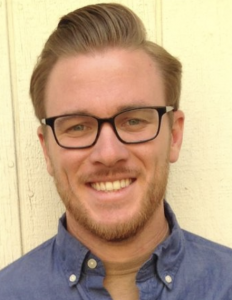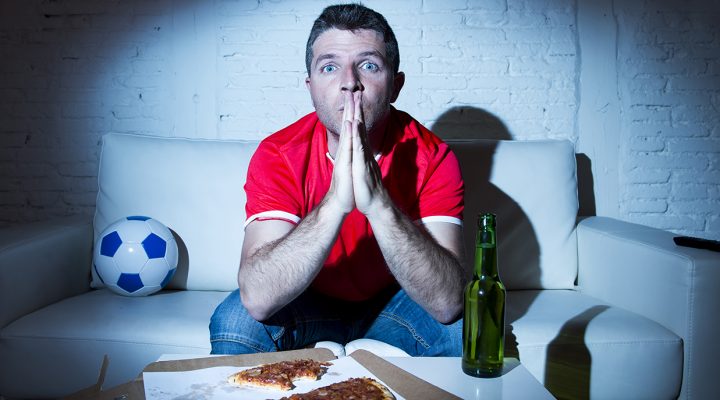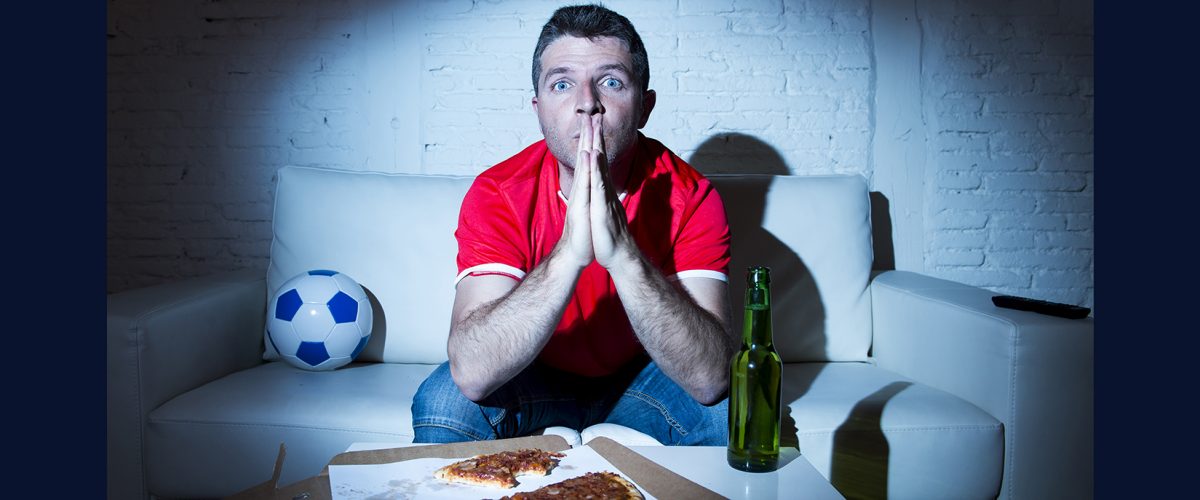Young men desperately need mentors and safe, understanding communities to help overcome the loneliness they are experiencing at record levels, according to a panel of experts hosted by Springtide Research Institute.

Erik “Skitch” Matson
“What I’m continuing to hear is they are looking for mentors, looking for guides in this struggle, and looking for groups and safe spaces with other male-bodied people where we can share in shame-free zones where we can try things on, where we can be wrong, where phones can go down and cameras can be turned off,” said Erik “Skitch” Matson, executive director of the Wesley Foundation at Princeton University.
The June 30 web discussion, “Loneliness, Vulnerability and the Search for Connection: Unpacking Young Men’s Experiences,” covered the vulnerability and need for connection documented not just among young men but across Generation Z, which stretches from those who currently are about age 10 to 25.
“Many of us are aware of the epidemic levels of loneliness and isolation experienced by Gen Z generally. Yet today, we want to give special attention to the ways young men are navigating these realities,” said moderator and Springtide Founder John Vitek.

John Vitek
The male focus of the webinar resulted in part from an episode of the Netflix series Queer Eye, in which college-age men shared difficulties and achievements in honestly expressing their loneliness and isolation.
The experiences expressed in the episode lined up well with Springtide’s own research that found 39% of males said they feel “completely alone” and 52% said “nobody understands me,” Vitek said. “This was something that had been emerging over a number of years but reached really epidemic levels in recent years. These are really staggering numbers, right?”
Vitek added that a 2023 report from the U.S. surgeon general, “Our Epidemic of Loneliness and Isolation,” provides a wider context for the desperation felt by many young Americans. “The surgeon general reports that approximately half of us adults report experiencing loneliness, with some of the highest rates among young adults. And the rate of loneliness among young adults has increased every year between 1976 and 2019. In other words, this rise in experience of loneliness is not something new, and yet it has been increasingly prevalent year over year.”
In the report’s language, social networks are shrinking for most Americans, with the average amount of in-person contact decreasing from an hour a day in 2003 to 20 minutes a day in 2020. “This represents a decrease of 20 hours per month spent engaging with friends,” the report notes.
The drop was most significant for people ages 15 to 24, the report added. “For this age group, time spent in-person with friends has reduced by nearly 70% over almost two decades, from roughly 150 minutes per day in 2003 to 40 minutes per day in 2020. The COVID-19 pandemic accelerated trends in declining social participation.”

Michael Mitchell
The consequences of these trends are especially evident on college campuses where demand for counseling services are on the rise, said Mike Mitchell, vice president for student affairs and dean of students at the University of South Alabama.
“Students are using those resources in a way that they have not, in the past, been so open to do and talk about. And a lot of the students are talking about this sense of loneliness even though they have everything in the world in their hand, in their devices and through technology.”
Radical speakers, divisive social issues — all exacerbated during the summer of racial injustice in 2020 — also have driven wedges between students on college campuses, Mitchell said.

Wesley Rowell
COVID-19 also played a big role, said Wesley Rowell, pastoral associate at Trinity Church in Princeton, N.J. “What the pandemic did was expose things that were already there. All of a sudden, the Band-Aid was ripped off.”
Even young seminarians can be reluctant to seek help emerging from isolation “because, culturally, these are people who are going to be in ministry and we take care of it ourselves,” Rowell said.
And that feeds into “a particularly male kind of thing” in which help is rarely sought for anything, he added. “You have these young men who have never been able, never been taught, never been socialized to express feelings.”
Mitchell agreed. “One of the largest barriers in this conversation is that, as a society, we don’t allow men to express emotion. When you look at little boys who are crying, their moms and dads will tell them, ‘Don’t you cry. Stop crying.’ And that is a very early lesson.”
That social barrier can be even steeper for young men who don’t identify as heterosexual, Rowell said. “Growing up as this queer kid, it just made me shut down more and more. You have these spaces like watching sports or doing all these things, but it seems impossible to crack the surface.”
Vitek noted that mentors and safe community spaces offer the connection lonely young people need to emerge from isolation. “The opposite of loneliness and isolation is connection and community,” he said.
Related articles:
Loneliness is killing us | Opinion by Erich Bridges
The loneliness epidemic | Opinion by Susan Mettes
Maybe your church needs a minister of loneliness | Opinion by Erich Bridges
Rural churches: Pay attention to the mental health needs of farm workers


